To Share is to Show You Care!
Blockchain technology has undoubtedly brought about a revolution in various industries, from finance to supply chain management. However, developing and maintaining blockchain applications can be a daunting task, especially when it comes to debugging and troubleshooting. In this comprehensive guide, we will explore the best solutions to master blockchain debugging in 2023, helping you overcome the common frustrations associated with this cutting-edge technology.
1. Why Debugging Blockchain Applications Can Be Challenging?
Blockchain applications are known for their decentralization, immutability, and security. While these characteristics are highly advantageous, they can also pose unique challenges when it comes to debugging.

1.1 Complexity

- Blockchain applications are inherently complex due to their decentralized nature. They consist of various components such as smart contracts, decentralized networks, and consensus mechanisms. These elements work in harmony to ensure the security and reliability of the blockchain. However, this complexity makes it challenging to identify the root cause of errors when they occur.
- For instance, if a transaction fails, the issue could be within the smart contract code, the consensus algorithm, or even the network itself. Pinpointing the exact source of the problem can be time-consuming and requires a deep understanding of blockchain technology.
1.2 Immutability
- Immutability is a fundamental characteristic of blockchain, meaning once data is recorded on the blockchain, it cannot be altered or deleted. While this immutability is a boon for security and trust, it becomes a challenge during debugging.
- If a bug or error is discovered in a smart contract or transaction, there is no straightforward way to edit or remove the faulty data. Developers must devise solutions that work within the confines of the blockchain’s immutability, such as creating new smart contracts to rectify errors or implementing upgrade mechanisms.

1.3 Decentralization
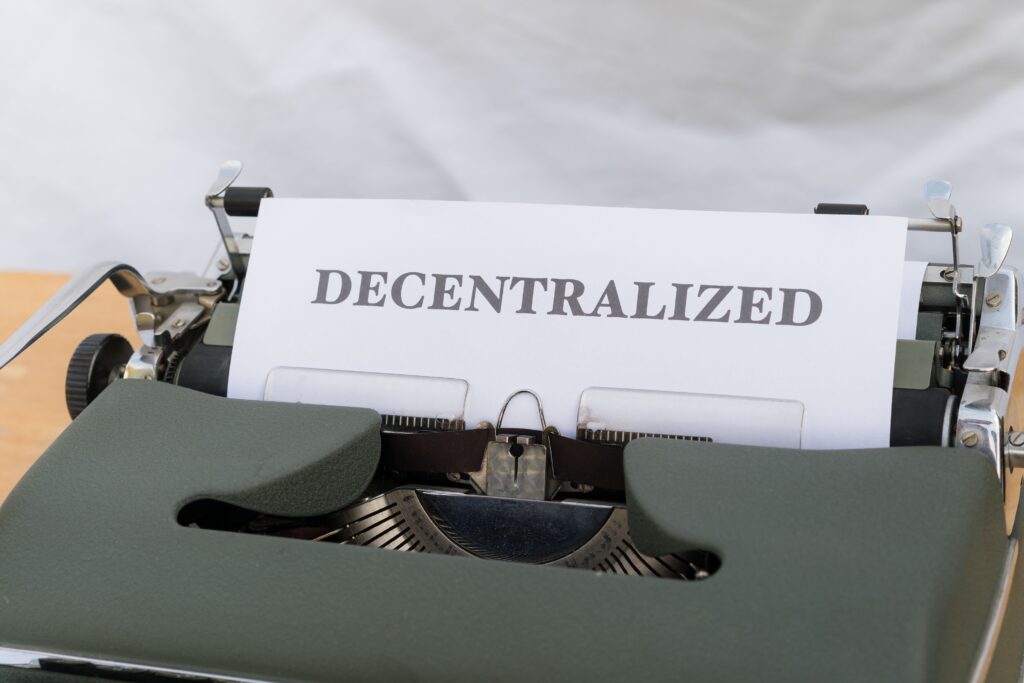
- Blockchain’s decentralization means that there is no central authority governing the network. Instead, multiple nodes (computers) collectively validate and maintain the blockchain. While decentralization enhances security and resilience, it complicates the debugging process.
- Traditional debugging methods often rely on centralized control and access to logs or data for troubleshooting. In a decentralized blockchain network, developers lack direct control over all nodes, making it challenging to collect comprehensive debugging information. This decentralized nature also means that bugs may manifest differently on various nodes, adding complexity to the debugging process.
2. The Best Strategies for Mastering Blockchain Debugging
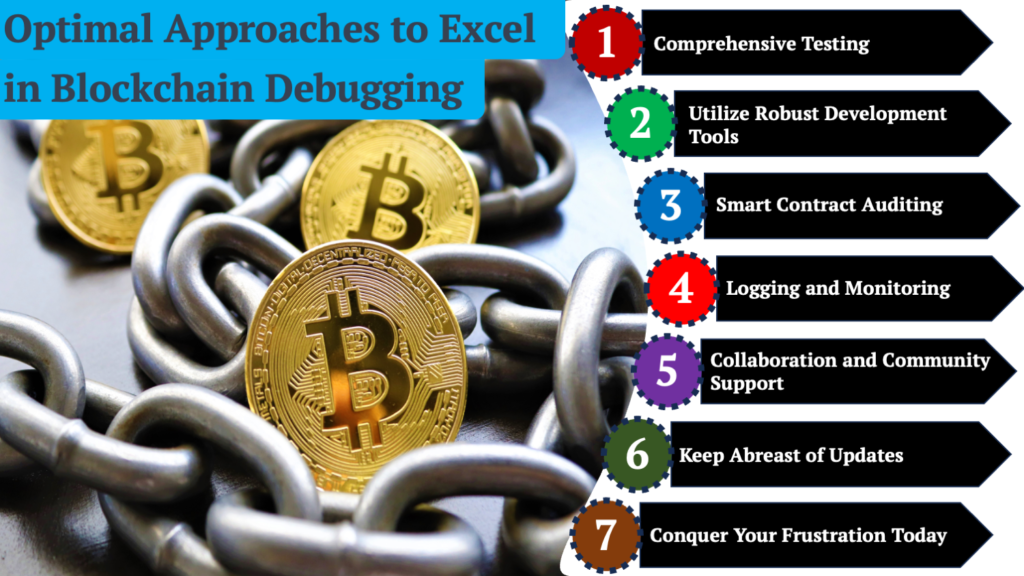
2.1 Comprehensive Testing
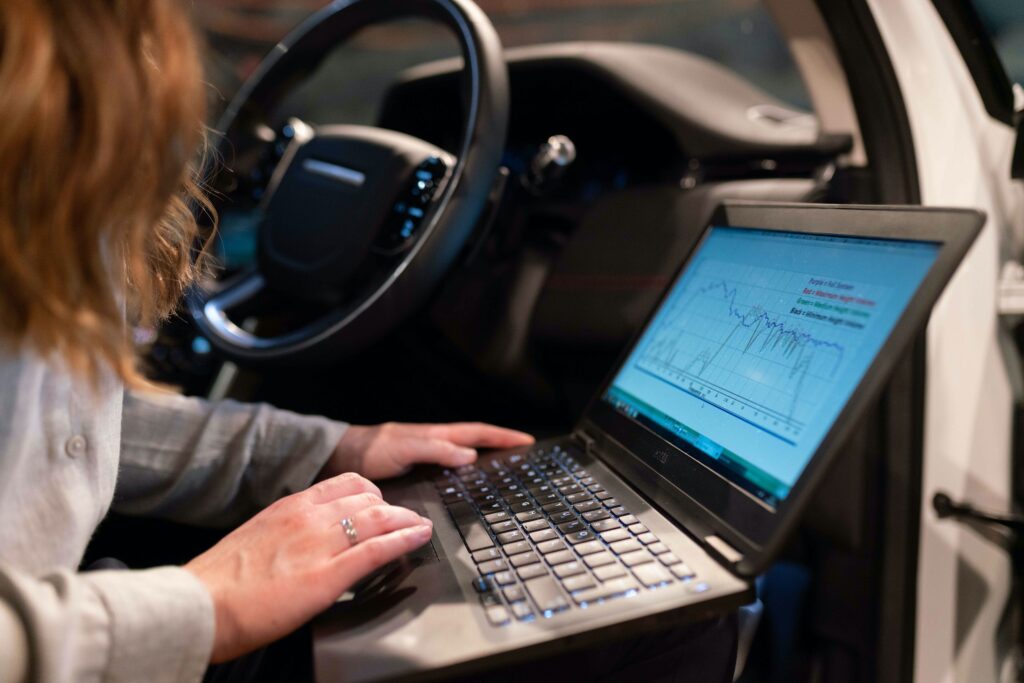
Before deploying your blockchain application, rigorous testing is essential. Use a combination of unit tests, integration tests, and end-to-end tests to identify and address issues early in the development process.
2.2 Utilize Robust Development Tools
Take advantage of blockchain-specific development tools such as Truffle, Remix, and Ganache. These tools provide debugging capabilities tailored to blockchain development, making it easier to identify and fix issues.
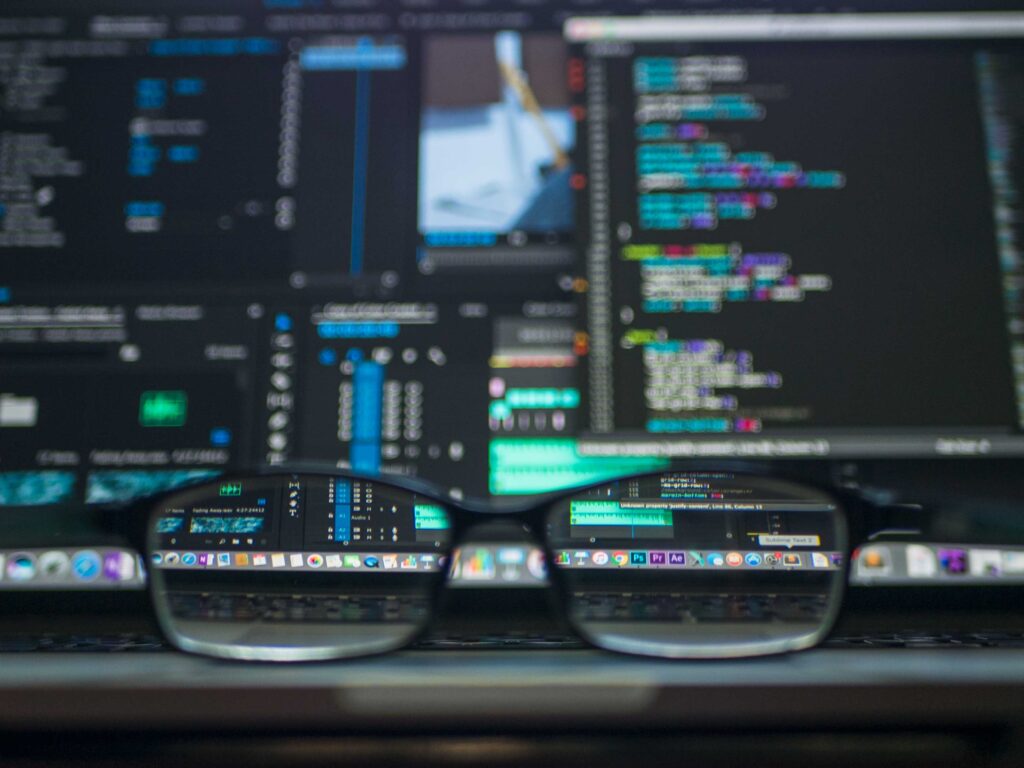
2.3 Smart Contract Auditing

Consider conducting smart contract audits by experienced professionals or third-party auditing firms. They can identify vulnerabilities and errors in your smart contracts that you might have missed.
2.4 Logging and Monitoring
Implement comprehensive logging and monitoring systems in your blockchain application. These tools can help you track and diagnose issues in real-time, allowing for quicker resolutions.
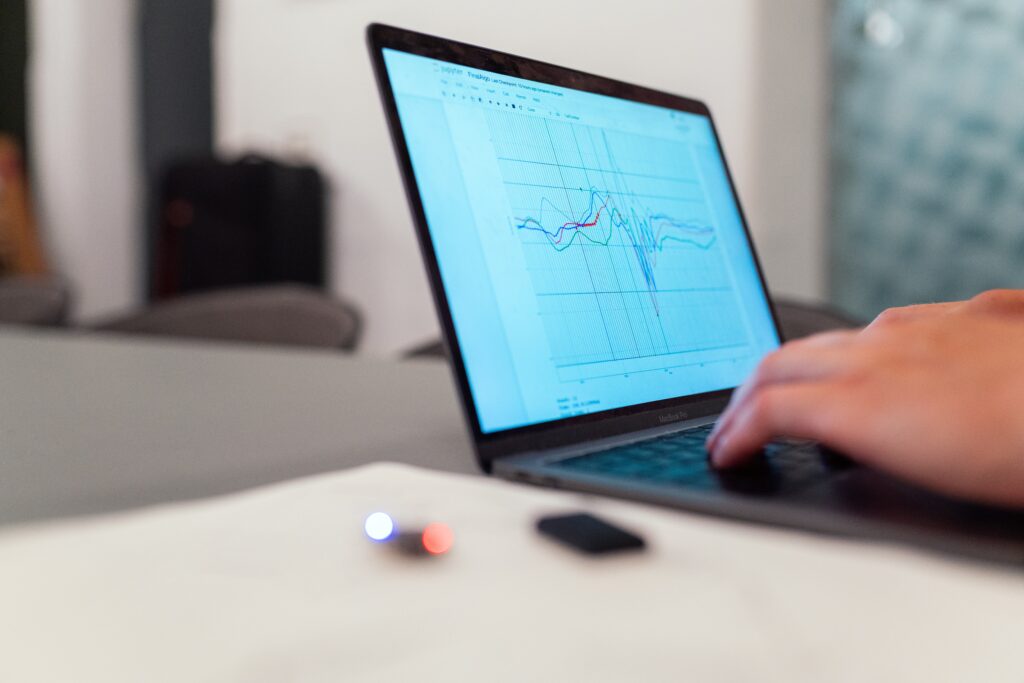
2.5 Collaboration and Community Support

Engage with the blockchain development community and forums. Often, fellow developers have faced similar issues and can offer valuable insights and solutions.
2.6 Keep Abreast of Updates
Blockchain technology is continually evolving. Stay up-to-date with the latest updates and improvements in blockchain platforms and tools, as newer versions often come with enhanced debugging features.

2.7 Conquer Your Frustration Today!

Blockchain debugging can indeed be challenging, but with the right strategies and tools, you can master it in 2023. By adopting a proactive approach to testing, utilizing specialized development tools, and seeking support from the blockchain community, you can conquer your debugging frustrations and ensure the seamless operation of your blockchain applications.
Conclusion
Blockchain debugging is an essential skill for any developer working in the blockchain space. With the best practices outlined in this guide, you’ll be well-equipped to overcome the challenges and excel in the world of blockchain development. Start mastering blockchain debugging today and unlock the full potential of this transformative technology.
For more insights into blockchain development and troubleshooting, stay tuned to our blog. Happy debugging!
Frequently Asked Questions
Q1: How to master blockchain?
A: Mastering blockchain involves a comprehensive understanding of its core concepts, such as cryptography, distributed ledger technology, and consensus mechanisms. You can start by learning through online courses, books, and hands-on practice with blockchain platforms. Engaging with the blockchain community, building projects, and staying updated on industry developments are also essential.
Q2: What are any four techniques used for debugging blockchain solutions?
A: Four techniques for debugging blockchain solutions include:
- Comprehensive Testing: Rigorous testing to identify and resolve issues.
- Utilizing Specialized Tools: Blockchain-specific development tools like Truffle and Remix.
- Smart Contract Auditing: Professional audits to find vulnerabilities.
- Logging and Monitoring: Implementing real-time monitoring and logging systems.
Q3: What is the best way to learn blockchain programming?
A: The best way to learn blockchain programming is through a combination of online courses, tutorials, and practical experience. Start with foundational knowledge in cryptography and distributed systems, then progress to coding smart contracts and working with blockchain platforms like Ethereum.
Q4: How difficult is blockchain coding?
A: Blockchain coding can be challenging due to its complexity, decentralized nature, and immutability. However, with dedication and a strong foundation in programming and blockchain concepts, it can become manageable.
Q5: Which programming language is used in blockchain?
A: Several programming languages are used in blockchain development, but the most common ones are Solidity (for Ethereum), Python, JavaScript, Go, and Rust.
Q6: How long does it take to master blockchain?
A: The time to master blockchain varies depending on your prior knowledge and the depth of mastery you seek. It can take several months to a few years of consistent learning and practice.
Q7: What are the 7 debugging steps?
A: The seven debugging steps typically include:
- Reproduce the Issue
- Understand the Code
- Review Logs and Errors
- Isolate the Problem
- Formulate a Hypothesis
- Test Hypothesis
- Fix and Verify
Q8: Why is debugging so difficult?
A: Debugging can be challenging due to the complexity of software, the need to understand both code and the problem domain, and the interactions between different components. Additionally, the elusive nature of certain bugs can make them hard to pinpoint.
Q9: What are the 5 stages of debugging?
The five stages of debugging are:
- Identify the Bug
- Isolate the Bug
- Understand the Cause
- Fix the Bug
- Verify the Fix
Q10: Which programming language is easiest for blockchain?
A: Some developers find Python to be one of the easiest programming languages for blockchain due to its simplicity and readability.
Q11: Is blockchain using Java or C++?
A: Blockchain projects can be developed in various programming languages, including Java and C++. The choice depends on the specific blockchain platform and project requirements.
Q12: What programming skills do you need for blockchain?
A: Programming skills in languages like Solidity, Python, JavaScript, or C++ are essential for blockchain development. Knowledge of cryptography, data structures, and distributed systems is also valuable.
Q13: How long to become a blockchain developer from scratch?
A: Becoming a blockchain developer from scratch can take anywhere from six months to a few years, depending on your dedication, prior programming experience, and the depth of knowledge you aim to achieve.
Q14: Is it too late to learn blockchain?
A: No, it’s not too late to learn blockchain. The field is continually evolving, and there is a growing demand for blockchain expertise. Starting your journey now can still lead to rewarding opportunities.
Q15: How to become a blockchain developer with no coding experience?
A: To become a blockchain developer with no coding experience, begin by learning the fundamentals of programming through online courses and tutorials. Then, progress to blockchain-specific courses and projects, gradually building your coding skills in the process. It may take more time, but it’s achievable.
The Informed Minds
I'm Vijay Kumar, a consultant with 20+ years of experience specializing in Home, Lifestyle, and Technology. From DIY and Home Improvement to Interior Design and Personal Finance, I've worked with diverse clients, offering tailored solutions to their needs. Through this blog, I share my expertise, providing valuable insights and practical advice for free. Together, let's make our homes better and embrace the latest in lifestyle and technology for a brighter future.

